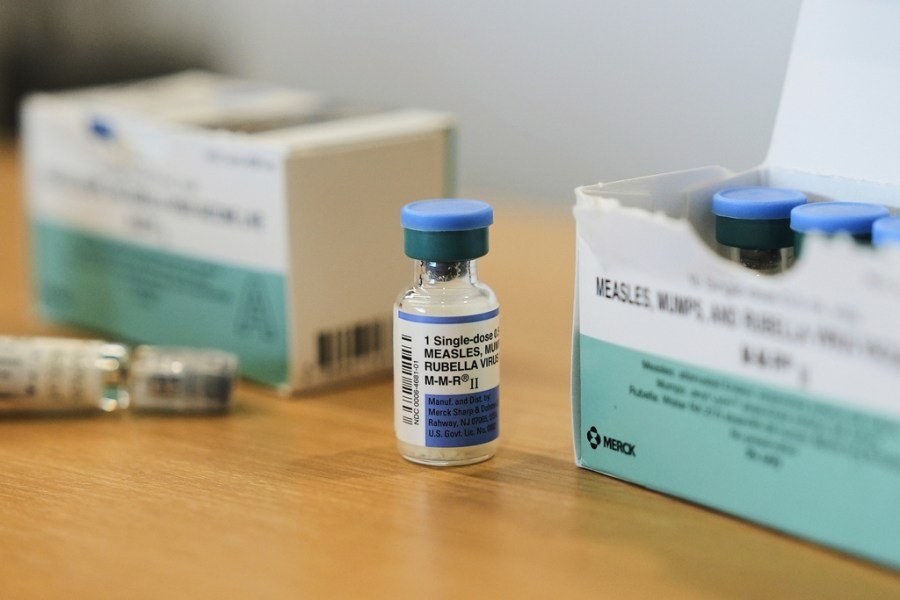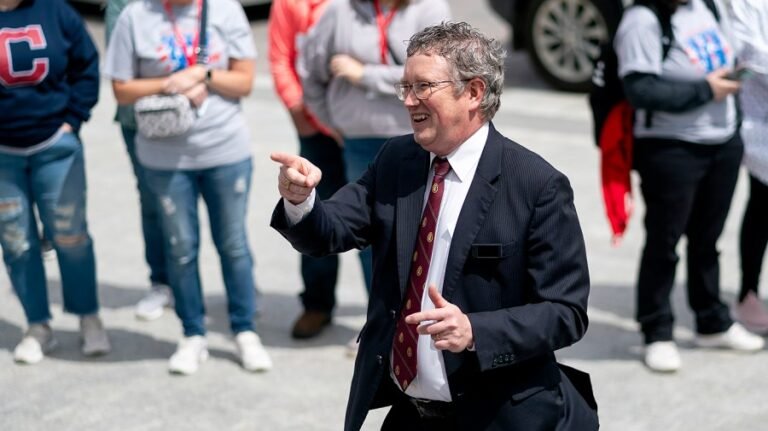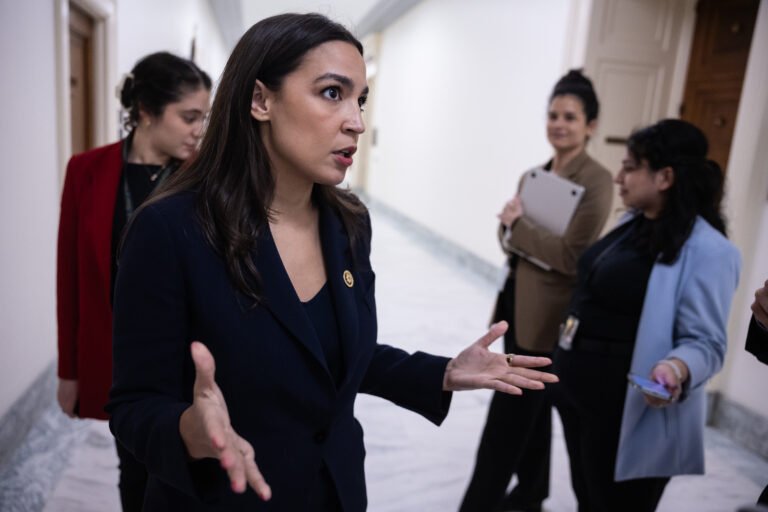
This month, the Department of Health and Human Services abruptly fired all 17 members of the Centers for Disease Control and Prevention’s Advisory Committee on Immunization Practices, a panel of experts that provides vaccine recommendations. On June 11, the Department of Health and Human Services announced eight new advisory committee members, some of whom have publicly spread vaccine misinformation.
This should deeply concern every American.
The 17 fired members aren’t anonymous bureaucrats. They are respected clinicians, researchers, scientists and public health leaders who have garnered years of high-level experience in their fields and volunteered their time and expertise to shape the country’s vaccine policy.
We both served in Congress and practiced medicine for decades. We know how difficult it is to earn a patient or constituent’s trust — and how easy it is to lose it. We well understand how the credibility of public health has eroded in the wake of the COVID-19 pandemic. In public health, credibility is foundational, and sweeping out an independent advisory body with little explanation may further damage the very trust Health and Human Services aims to foster.
This decision to shake up and downsize the Advisory Committee on Immunization Practices only sows more doubt at a time when the country is facing its worst measles outbreaks in decades and when the Senate has not yet confirmed a permanent Centers for Disease Control and Prevention director. America needs steady, science-based leadership to be healthy. We must hold officials accountable to deliver.
The committee is not a political body. It’s an independent panel of unpaid experts who publicly disclose any potential conflicts and recuse themselves from votes when appropriate. They take their responsibility seriously, and we need to do the same in return.
The group’s work helps to shape the national immunization schedule, inform which vaccines insurance should cover, and ensure providers have clear, science-based guidance on how to care for patients. When public health threats arise, the advisory committee organizes working groups to provide evidence-based recommendations quickly and transparently.
That kind of guidance has never been more critical. This year, measles outbreaks have spread to more than 30 states, including an epicenter in West Texas. The CDC has reported nearly 1,200 cases, more than four times the total for all 2024. U.S. children have died from complications for the first time in more than a decade, and America is at real risk of losing national measles elimination status, which widespread vaccination helped us achieve in 2000.
Beyond measles, the advisory committee also addressed influenza, RSV, HPV, meningitis and other pressing threats during its last meeting in April. The group received more than 4,000 comments before and during that meeting, with most individuals and organizations in strong support of the committee’s transparency, scientific rigor and independence.
Public opinion polling shows Americans still support a strong role for the U.S. in vaccine innovation and access. Nearly three-quarters of voters say it should be a top national priority to ensure FDA-approved vaccines are available to all who need them. More than two-thirds are concerned about declining childhood vaccination rates for diseases like measles and polio — diseases we once thought vaccines had rendered safely behind us.
Americans should pay attention to the reconstituted Advisory Committee on Immunization Practices board so that we do not risk delays, confusion and a resurgence of preventable illnesses. Now that the importance of the board has been highlighted, it is our job as citizens to carefully monitor what happens next.
Larry Bucshon, M.D., represented Indiana’s 8th Congressional District from 2011 to 2025, before which he practiced as a cardiothoracic surgeon for nearly two decades. Michael C. Burgess, M.D., represented Texas’s 26th Congressional District from 2003 to 2025, before which he practiced as doctor of obstetrics and gynecology for more than two decades.


